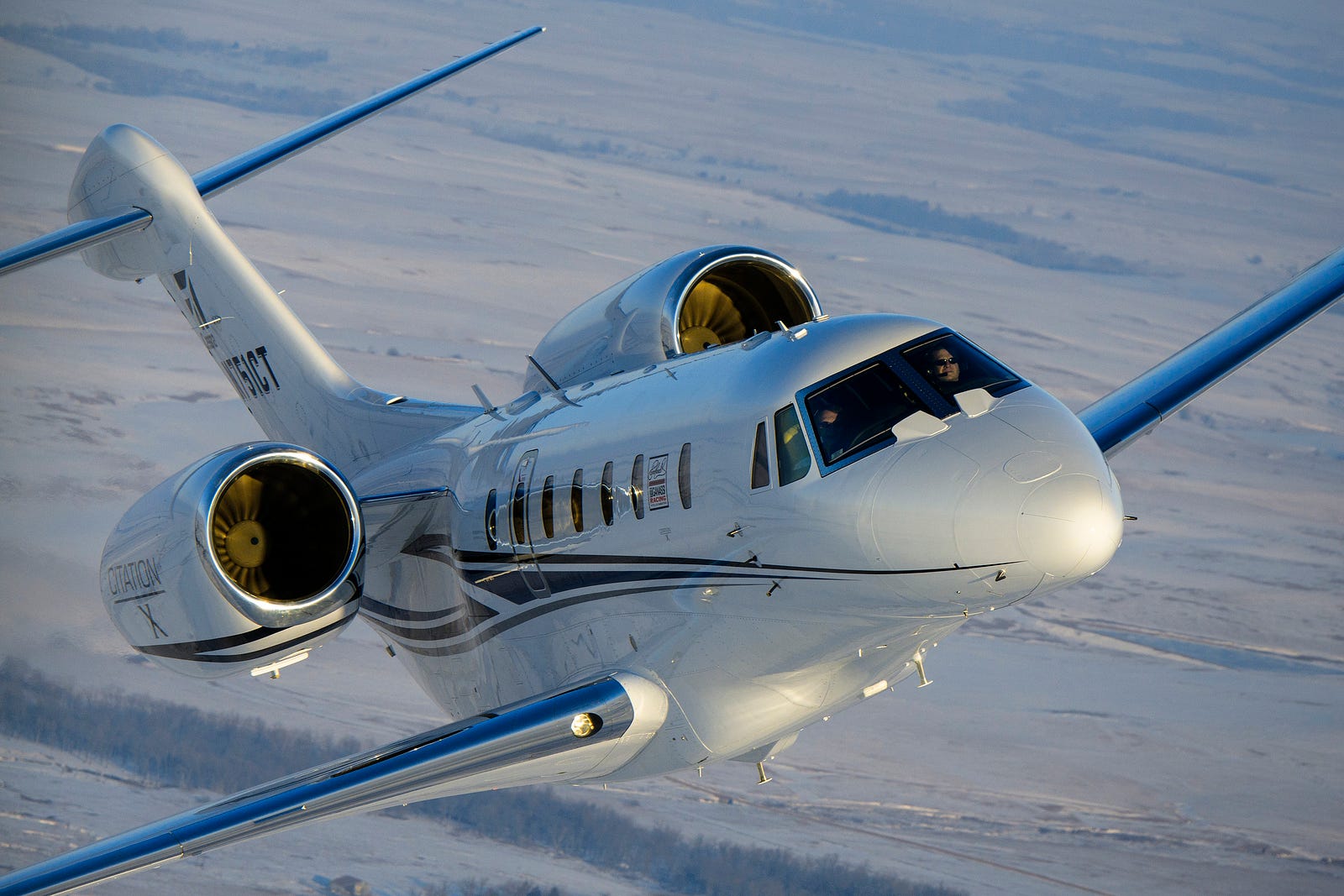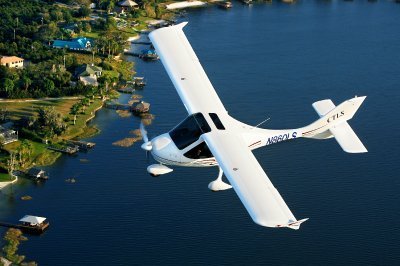Gazing at the Aerospace Forecast Crystal Ball
By Scott Spangler on May 6th, 2019 It’s been so long that I don’t remember when I started reading the FAA Aerospace Forecast, but I anticipate each update with eager curiosity, and the FAA just released its crystal ball for Fiscal Years 2019-2039. What interests me most are the general aviation prognostications because until flight time is no longer the universal measure of “experience,” GA is the womb where pilots pay their dues, making it the unrecognized host for commercial operations that sustain their bottom lines by suckling the sacrificing passions of general aviators.
It’s been so long that I don’t remember when I started reading the FAA Aerospace Forecast, but I anticipate each update with eager curiosity, and the FAA just released its crystal ball for Fiscal Years 2019-2039. What interests me most are the general aviation prognostications because until flight time is no longer the universal measure of “experience,” GA is the womb where pilots pay their dues, making it the unrecognized host for commercial operations that sustain their bottom lines by suckling the sacrificing passions of general aviators.
But this situation, where general aviation pilots who want to fly for a living, will eventually cease to exist, and commercial operations in need of pilots (if that need continues in the burgeoning era of unmanned aircraft) will have to—finally—start paying for the ab initio training of their applicants. And they will without harming their bottom line. Another fee imposed on their cattle, ah, customers, it will surely make them more money.
General aviation once was the robust member of the aerospace family. Over the past several decades it has been disappearing, like the angels share of a fine whisky or bourbon aging in a seemingly watertight barrel. Each Aerospace Forecast that preceded this one measures the present and future loss. This could change, I suppose, but our culture has changed and general aviation has become a niche activity, like those who ride motorcycles. Ask Harley Davidson about its consequences.
This trend seems to be continuing, according to this latest forecast. The Forecast Highlights pitches some spin: “The long-term outlook for general aviation is stable to optimistic, as growth at the high-end offsets continuing retirements at the low end of the segment.”
 Before the paragraph ends, the FAA defines its spin. “While the steady growth of GDP and corporate profits results in continued growth of the turbine and rotorcraft fleets, the largest segment of the fleet—fixed wing piston aircraft continues to shrink over the forecast.”
Before the paragraph ends, the FAA defines its spin. “While the steady growth of GDP and corporate profits results in continued growth of the turbine and rotorcraft fleets, the largest segment of the fleet—fixed wing piston aircraft continues to shrink over the forecast.”
It is probably unfair to label this as spin because “general aviation” is a catchall category for all aviation that’s not commercial or military. But it is equally unfair to compare piston-powered airplanes owned, rented, and flown by individuals with corporations that operate essential turbine transportation tools. Maybe it’s time to make a new, separate category for corporate aviation, because it, like the airlines, also suckles the womb of the low-end pilot population.
Or we will just have to redefine our mental picture of what general aviation is. The Aerospace Forecast outlines it in the General Aviation chapter: “The active general aviation fleet is projected to remain around its current level, with the declines in fixed-wing piston fleet being offset by increases in the turbine, experimental, and light sport fleets.”
 Over the forecast period, the FAA predicts the fixed-wing piston fleet will shrink by 25,645 aircraft. “On the other hand, the smallest category, light-sport aircraft, (created in 2005), is forecast to grow by 3.6 percent annually, adding about 2,890 new aircraft by 2039, more than doubling its 2017 fleet size.” The disparity of those two numbers is, by the way, one definition of a niche.
Over the forecast period, the FAA predicts the fixed-wing piston fleet will shrink by 25,645 aircraft. “On the other hand, the smallest category, light-sport aircraft, (created in 2005), is forecast to grow by 3.6 percent annually, adding about 2,890 new aircraft by 2039, more than doubling its 2017 fleet size.” The disparity of those two numbers is, by the way, one definition of a niche.
Let’s close with a bit of cognitive dissonance. The Forecast attributes the piston decline to “Unfavorable pilot demographics, overall increasing cost of aircraft ownership, coupled with new aircraft deliveries not keeping pace with retirements of the aging fleet.”
What’s dissonant? What difference does the delivery of new aircraft make when the “unfavorable pilot demographics” is shorthand for a shrinking number of older aviators and the cost of aircraft ownership will increase no matter its category or class. Stir gently with the income disparity in our society, and what image of general aviation do you see in your crystal ball? –Scott Spangler, Editor
Related Posts:






